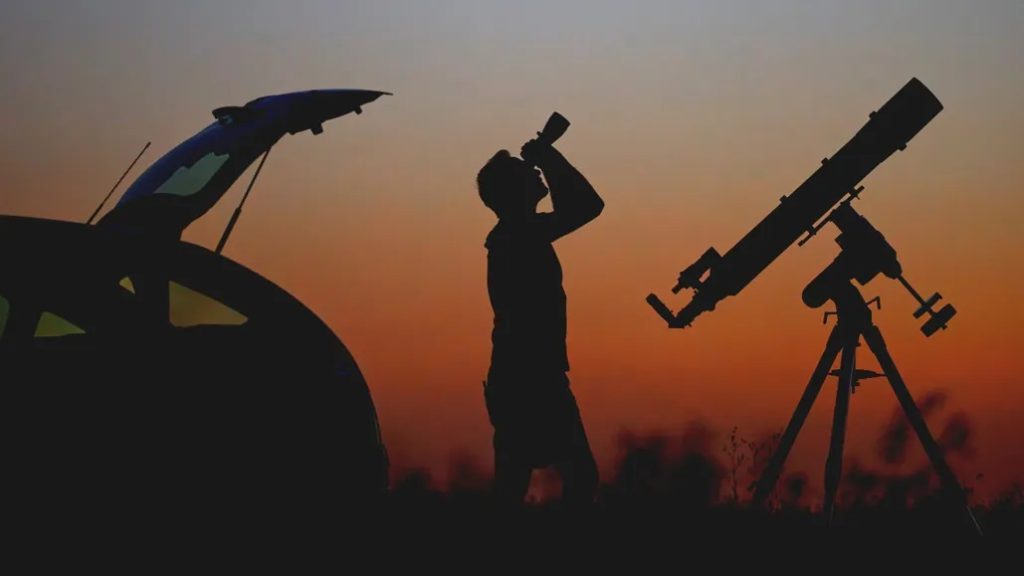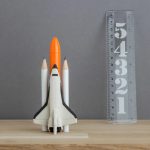Discover the Stars with the Right Pair of Binoculars
Astronomy isn’t just for telescope owners—binoculars can be a fantastic tool for stargazing, especially for beginners. With the right pair, you can explore craters on the Moon, star clusters, and even some of the brighter deep-sky objects. Whether you’re just getting started or want a portable option to complement your telescope, this guide will help you find the best binoculars for exploring the night sky.
Why Use Binoculars for Astronomy?
- Portability: Easy to carry and quick to set up—perfect for spontaneous observing.
- Wide field of view: Great for scanning star fields and locating celestial objects.
- Beginner-friendly: No complicated setup or alignment needed.
- Cost-effective: High-quality models are often more affordable than beginner telescopes.
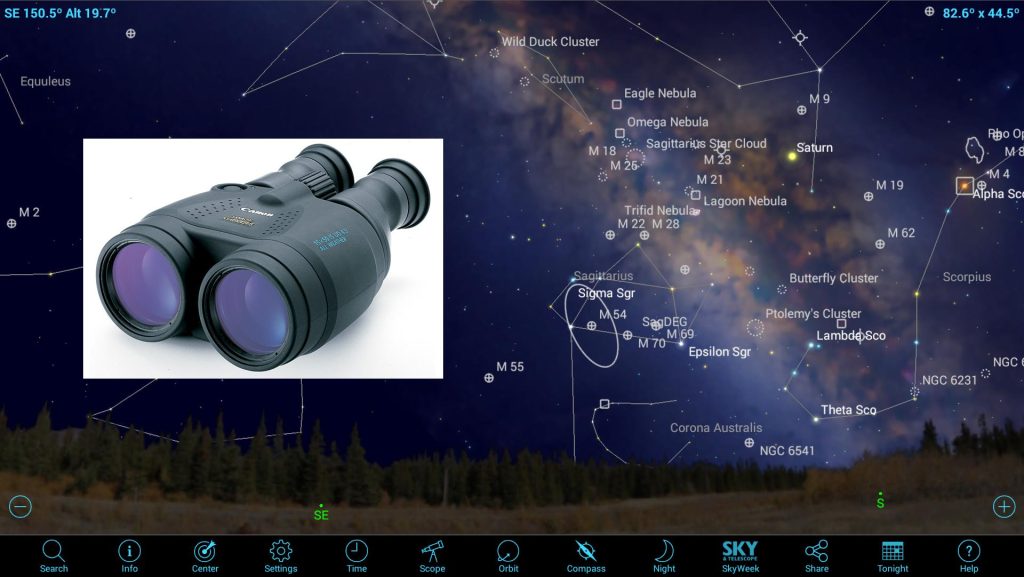
What to Look for in Astronomy Binoculars
- Aperture (Objective Lens Size): Bigger lenses (e.g., 50mm or 70mm) gather more light for better night viewing.
- Magnification: 7x to 10x is ideal—higher magnification can make the image shakier without a tripod.
- Lens Coating: Fully multi-coated lenses improve light transmission and reduce glare.
- Weight & Stability: Heavier binoculars may require a tripod for steady viewing.
- Field of View: A wider field helps in locating and tracking objects in the sky.
Top Binoculars for Stargazing in 2025
1. Celestron SkyMaster 15×70
- Excellent light-gathering ability
- Ideal for Moon, star clusters, and bright nebulae
- Best used with a tripod due to weight
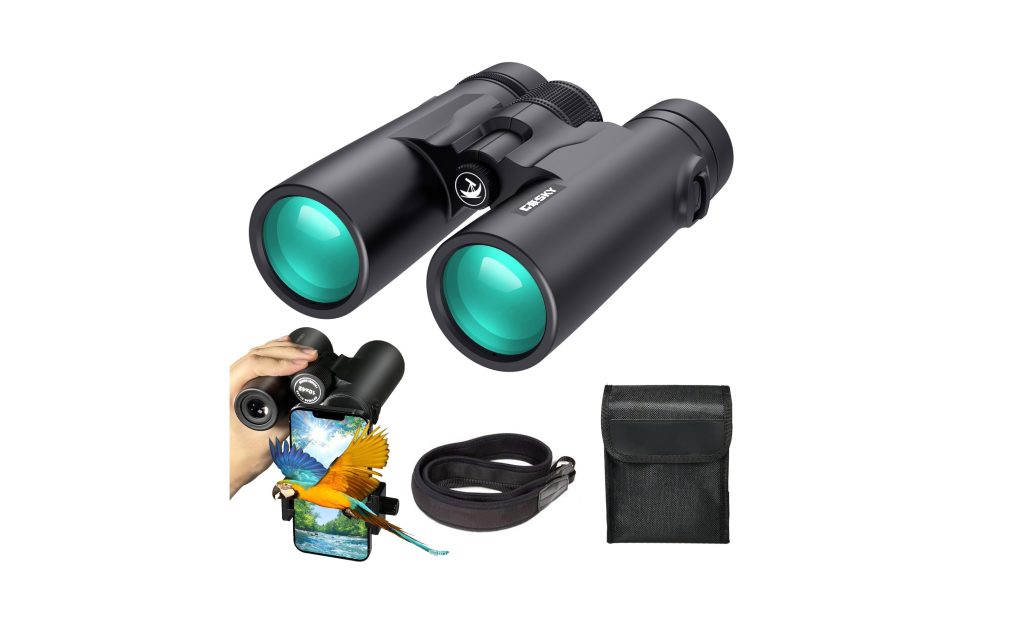
2. Orion Scenix 7×50
- Lightweight and easy to handle
- Wide field of view—perfect for casual scanning
- Great for beginners or travel

3. Nikon Action EX 10×50
- Waterproof and rugged build
- Excellent optics with sharp images
- Comfortable grip and eye relief
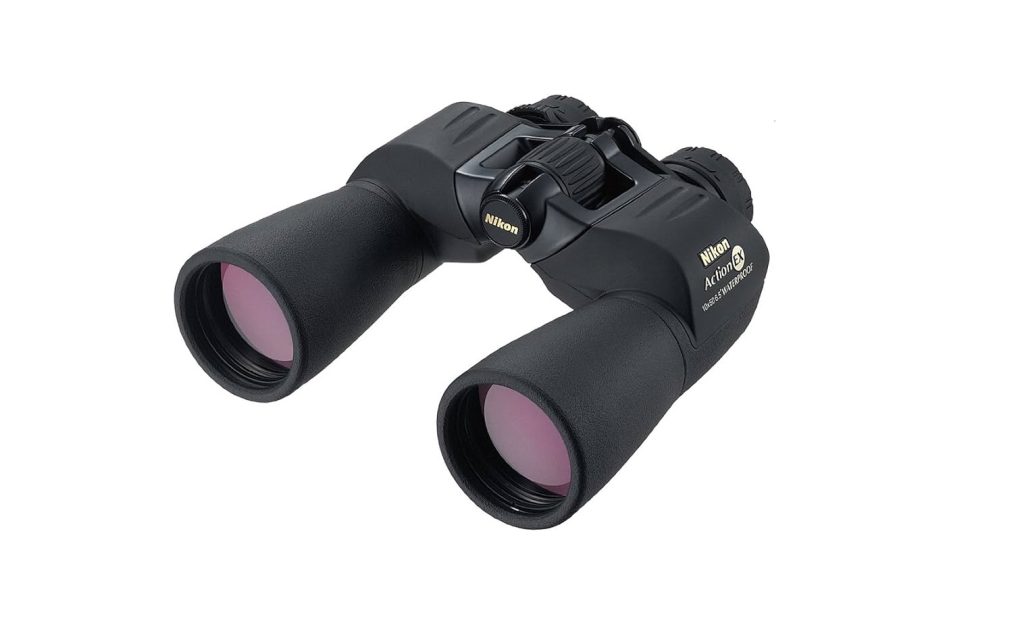
4. Vortex Crossfire HD 12×50
- High contrast and crisp detail
- Compact enough for handheld use
- Great for dual-purpose (day and night use)

5. Gosky 10×42 Roof Prism Binoculars
- Budget-friendly with surprising clarity
- Suitable for casual astronomy and daytime nature watching
- Compact and lightweight

Tips for Using Binoculars for Astronomy
- Stabilize your view: Use a tripod or brace your elbows on a surface for less shake.
- Start with the Moon: It’s bright, easy to find, and incredibly detailed through binoculars.
- Use a star chart or astronomy app: Helps you navigate the sky and plan your viewing session.
- Avoid light pollution: Head to a dark-sky site for the best experience.
- Be patient: Let your eyes adjust to the dark to see fainter stars and objects.
Conclusion
Binoculars are a powerful and accessible way to experience the beauty of the night sky. With the right pair, you can uncover dazzling celestial sights without the need for bulky equipment. Whether you’re stargazing from your backyard or out on a camping trip, these binoculars can bring the universe a little closer.
